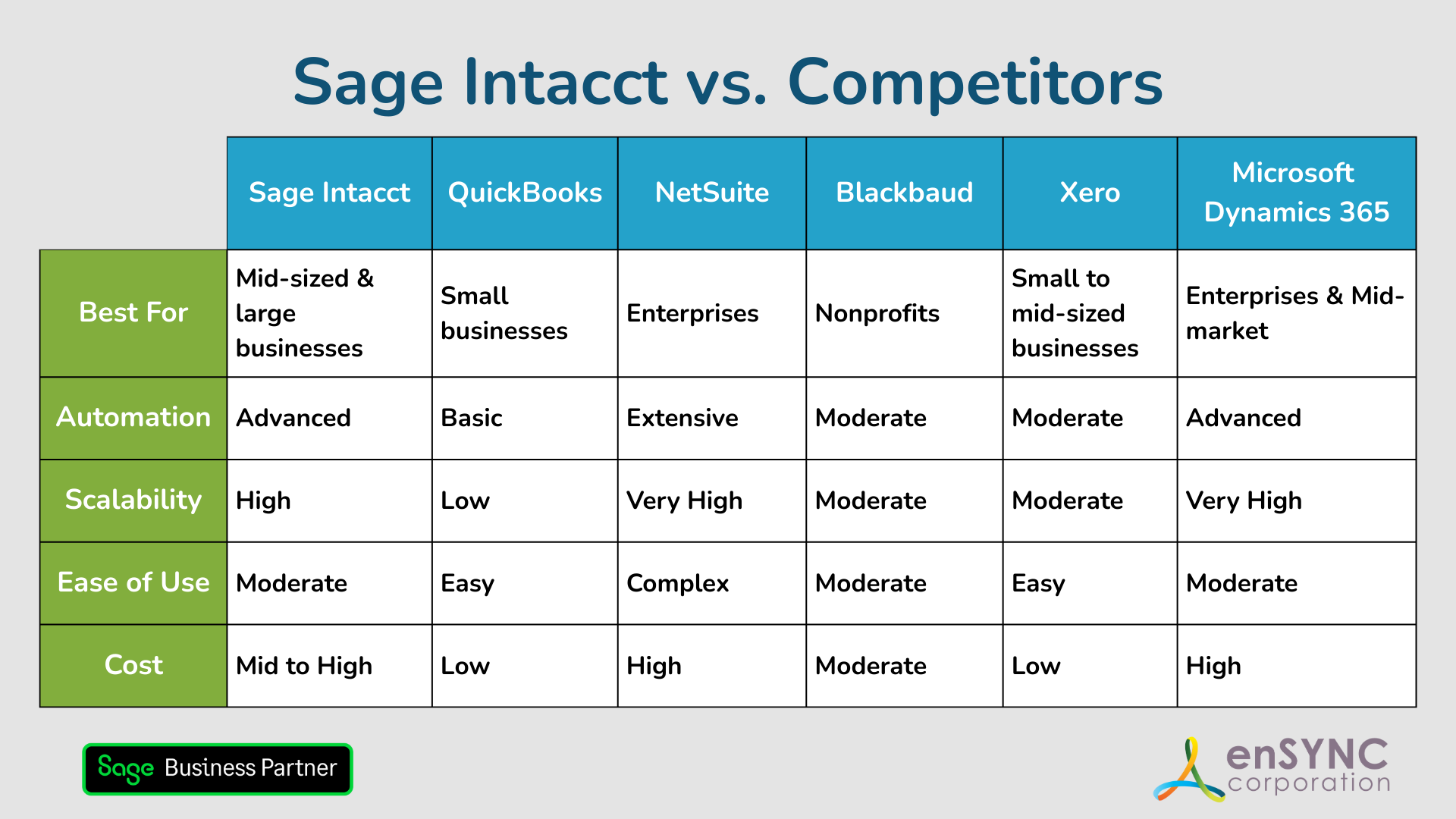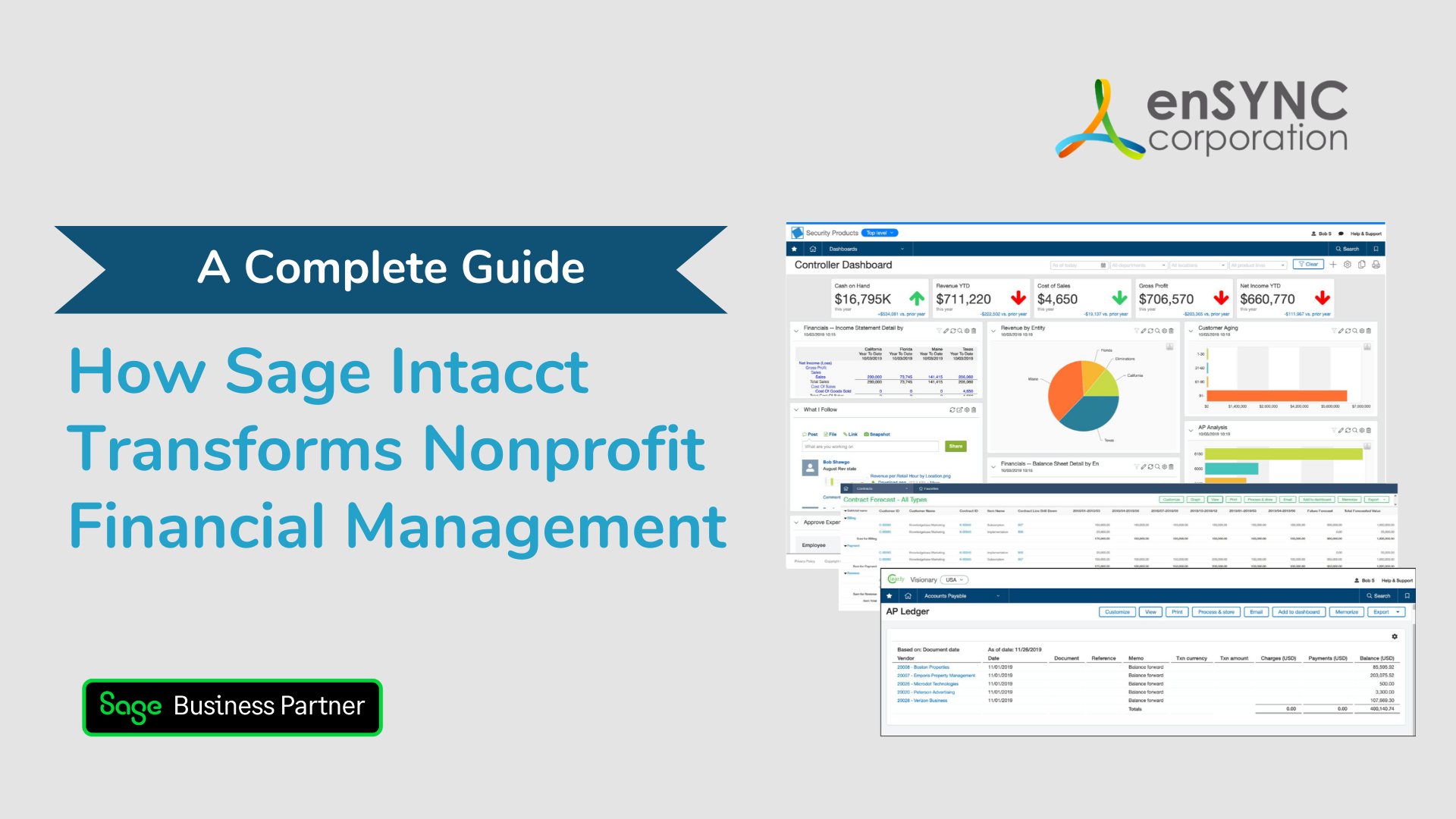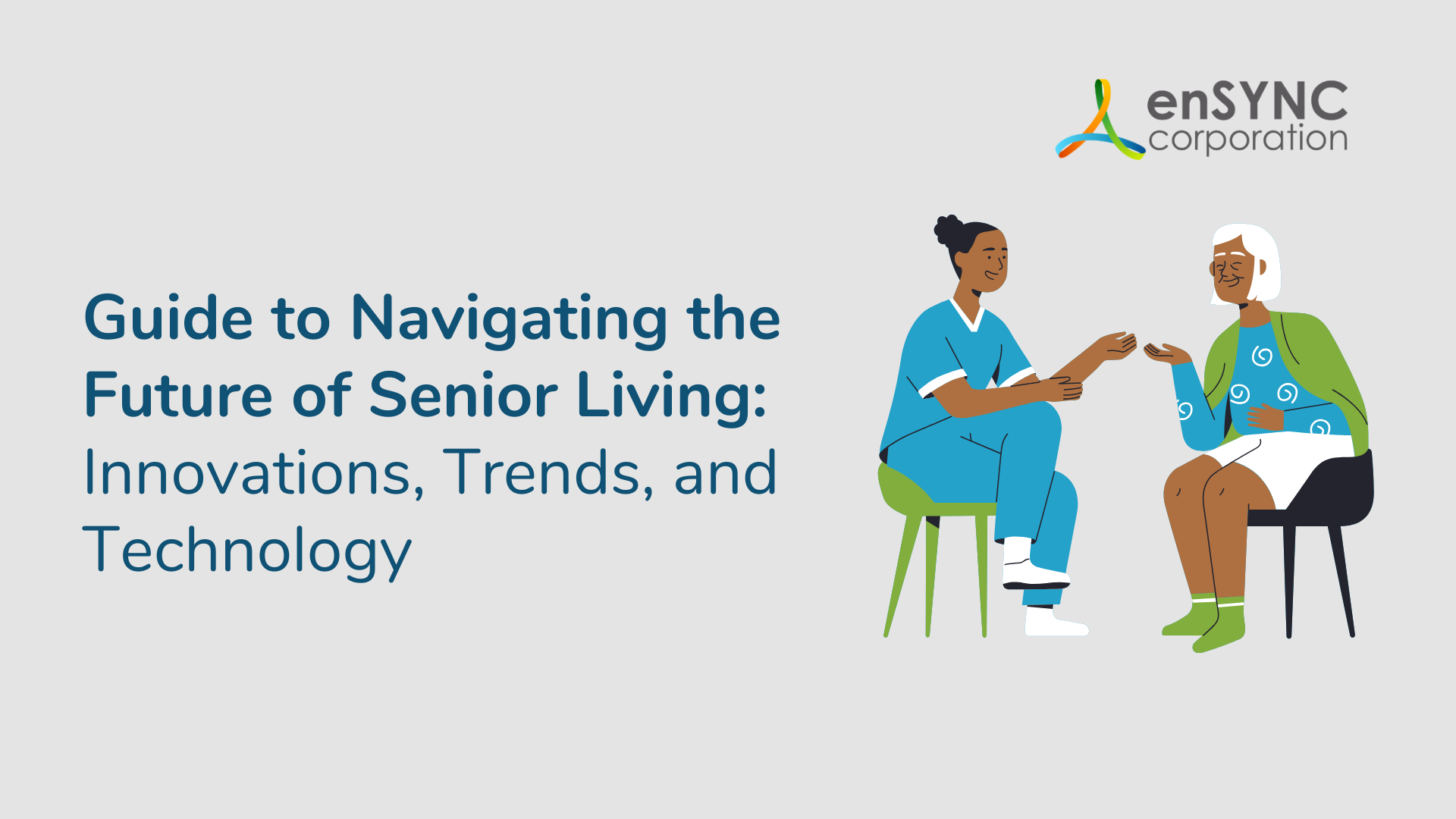Strategy & planning | Nonprofits
6 Nonprofit Growth Strategies to Implement Today
June 15, 2021
|
Nonprofit organizations have a vital role in our society, providing ways to improve the environment and address social causes. According to Salesforce’s 2020 Nonprofit Trends Report, 75% of nonprofits reported an increase in demand for their programs - and that was before COVID-19’s monumental impact.
Nonprofit organizations have responded to this demand by taking the following actions:
- Expanding programs (47%)
- Creating more awareness for support and advocacy efforts (45%)
- Expanding partnerships or funding (42%)
Amazingly, nonprofit organizations make up the third-largest industry in the United States. This is partly due to the tremendous growth that the industry experienced during a recent 10-year period, outpacing the public sector that experienced 4.6% during the decade versus the nonprofit sector’s increase of 16.7%.
Nonprofit organizations make up the third-largest industry in the United States.
While all of this is great news for the industry as a whole, this massive growth can create a competitive environment for individual nonprofit organizations, trade associations, and member-based organizations. It is more important than ever to learn how to scale nonprofit businesses in a socially conscious manner. Below, we discuss nonprofit growth hacking and how to grow your nonprofit in a strategic manner.
6 pro hacks for strategic nonprofit growth
If you are wanting your nonprofit organization to endure to long-term, you must take proactive steps toward sustainable and intentional growth. Here are six pro hacks for developing a growth strategy for your nonprofit.
1. Change your mindset
While you likely have your social cause at the heart of your nonprofit, you may not fully realize the tremendous difference you can make in the world around you. Stop thinking of your mission as a single cause and more like a business that needs a continuous flow of resources to continue its important work. Here are some new goals to put in place today:
- Aim big - Consider the true social impact you can have and use it to aim high. Having a clear mission can help you better explain your social cause to potential donors and get you thinking about how to ramp up certain aspects of your programs. Consider both your short-term and long-term goals. Discuss these goals with your team and incorporate the feedback of your staff members.
- Consider the impact and cost goals together - You will need some money to cover the costs of running your association or program. You’re not a for-profit business, though, so you don’t want to lose track of your mission. By considering both your social impact and cost goals, you can align the finances with your organization’s mission. You can also establish separate financial sustainability goals so that you do not have to eliminate efforts in more challenging markets where the infrastructure may not be in place. You can allocate resources across various programs and locations.
- Have your staff work in the field - Many people are driven to work for nonprofit organizations because they connect with the cause. However, staff members may soon be relegated to offices where they work on social media, nonprofit fundraising events, or requesting help from donors. They can lose sight of the mission. Help broaden their perspective by having staff members regularly work in the field so that they can come face-to-face with the issues and the social impact your organization is having.
2. Be Transparent
An important step of accomplishing strategic growth is being transparent with potential donors. This is especially true for small organizations that are not yet well known in the nonprofit sector. People want to know where their money is going before they give it away.
Transparency helps build trust among your constituents, and the right financial tools can make transparent reporting a breeze.
Consumers are increasingly more sophisticated about researching nonprofits by using the National Center for Charitable Statistics, which breaks down how charitable organizations use the donations they receive. Transparency helps build trust among your constituents, and the right financial tools can make transparent reporting a breeze.
3. Select an Extraordinary Board
The board you pick to help run your nonprofit is a critical component to its potential success. Nonprofit leaders who are passionate about the cause are often more effective at securing board members who have the experience and creativity to make the venture a success. Your executive director and other board members should share a common vision of your nonprofit’s mission and help grow roots in the community.
4. Invest in Technology
Technology can make your organization or association run more efficiently - but only if you invest in it and use it. Especially in a post-COVID-19 world, technology is ever-increasing in its importance. Technology allows nonprofits to reach new audiences, serve more communities, run automated processes, and run more efficiently. Most nonprofit organizations get this, which is why nearly half of nonprofit organizations in the United States and Canada increased their technology spending in 2019.
Technology gives you new tools and systems that help you better address your organization’s goals. For example, some ways in which technology can boost your association are:
- You can harness important details about the data you collect in more efficient ways.
- Cloud-based technology makes collaboration easier and gives your team greater access to the information they need.
- Integrations between tools make everyone’s jobs easier and reduce the need for repetitive work.
5. Show Impact
One of the best ways to secure more funds for your nonprofit is to show potential donors about the impact their donations will have.
A Root Cause study found that 75% of donors wanted to know about a nonprofit organization’s impact before they chose to donate to it, more than they wanted to know about their overhead costs or even the social issue the organization addressed.
Your organization’s impact should be at the forefront of every marketing message you deliver.
6. Be Social
This applies to traditional socialization, such as through nonprofit fundraising, as well as social media efforts. You can’t neglect to focus on either avenue.
Many consumers use social media to learn more about organizations whose social cause they connect with. About 47% of Americans learn about social causes through social media. This shows the importance of having up-to-date information on your social media pages, including pictures and videos that resonate better with people than just text does.
Also, make time to host and participate in fundraising events. This is a great chance to get in front of people and share your passion with them. It also helps in your efforts for raising money for your organization. Your fundraising events may target soliciting donations from lots of different people or seeking strategic partnerships with philanthropic businesses.
Conclusion
Nonprofit organizations, associations, trade organizations, and member-based organizations are on the precipice of tremendous growth in the wake of the COVID-19 process. By establishing a plan for strategic growth, you can ensure that your organization is here for years to come.
Recent Posts

Sage Intacct vs. Competitors: Finding the Best Accounting Solution for Your Nonprofit
Choosing the right accounting software is a critical step for any organization — and a deeply personal one, too. How to choose the accounting...

How Sage Intacct Transforms Nonprofit Financial Management: A Complete Guide
Staying on top of financial management is crucial for all businesses, especially nonprofits. Nonprofits often have limited resources and handle...
Enjoying our blog?
At enSYNC, we want to empower associations and nonprofits to make well-educated decisions. If you want our industry knowledge (and other free guides) sent directly to your inbox, fill out the form below.


